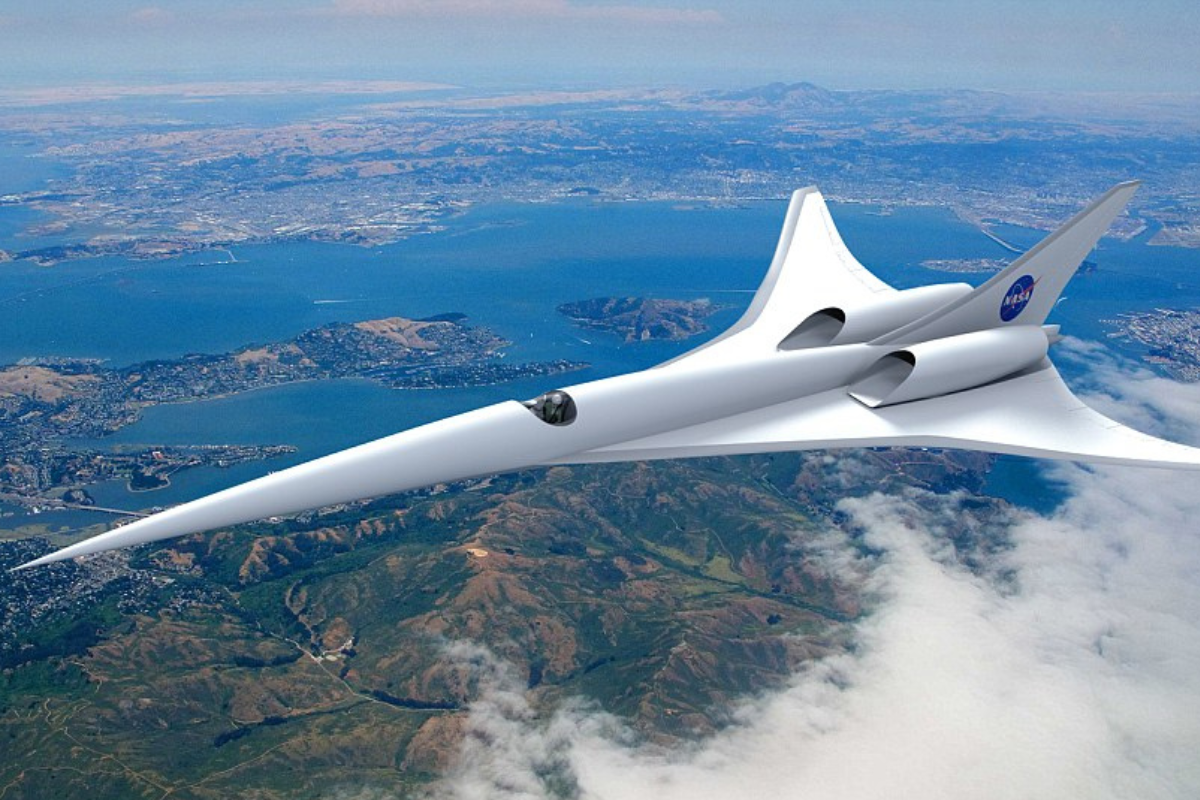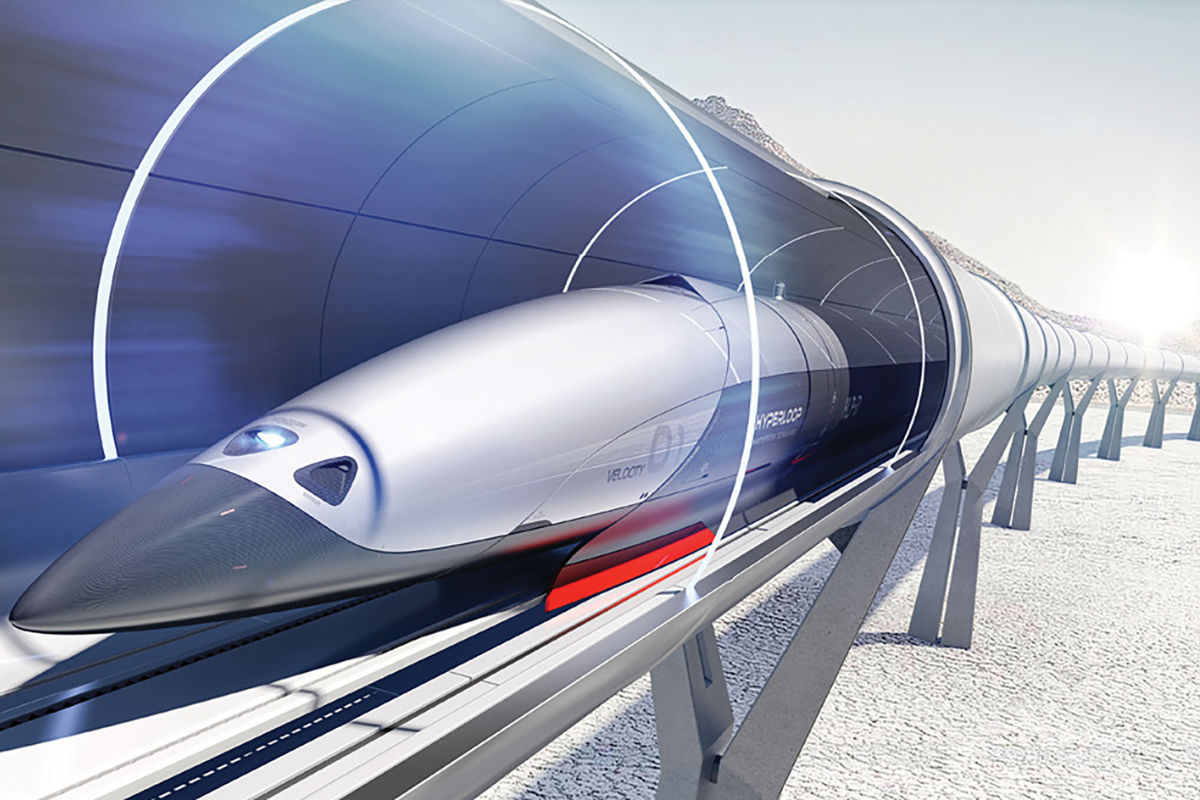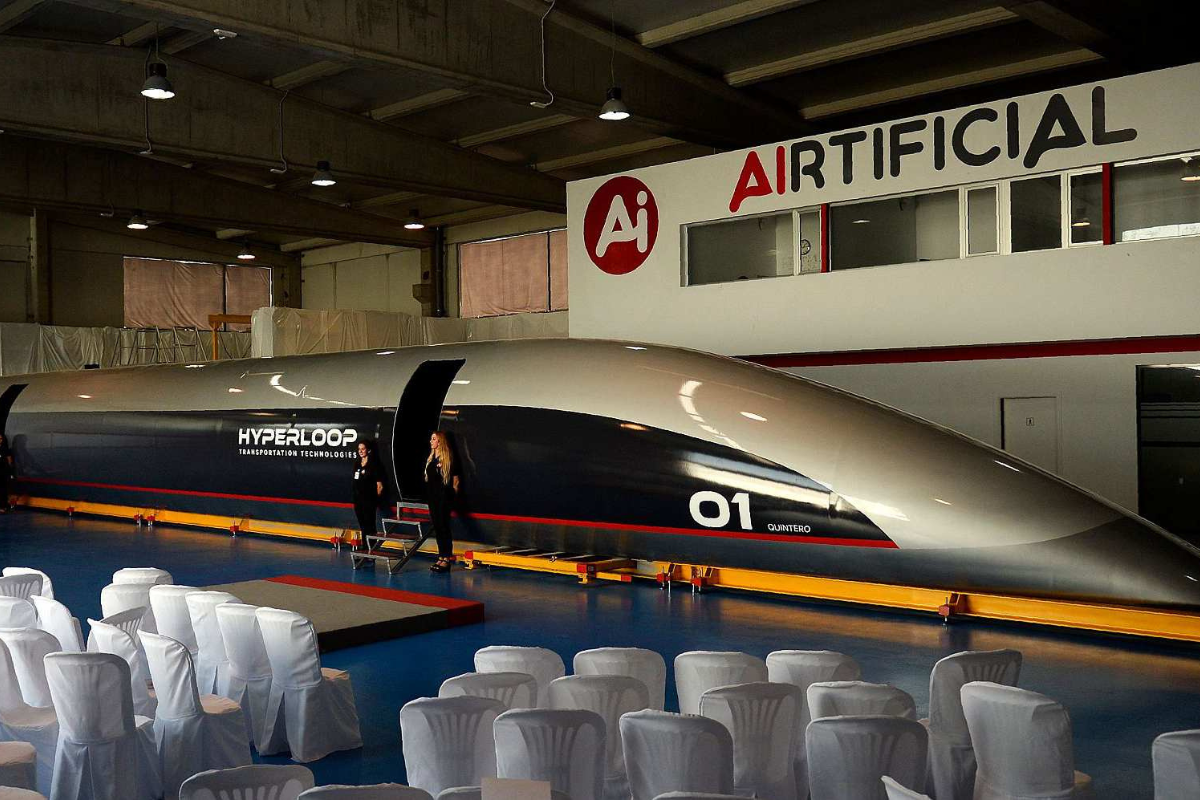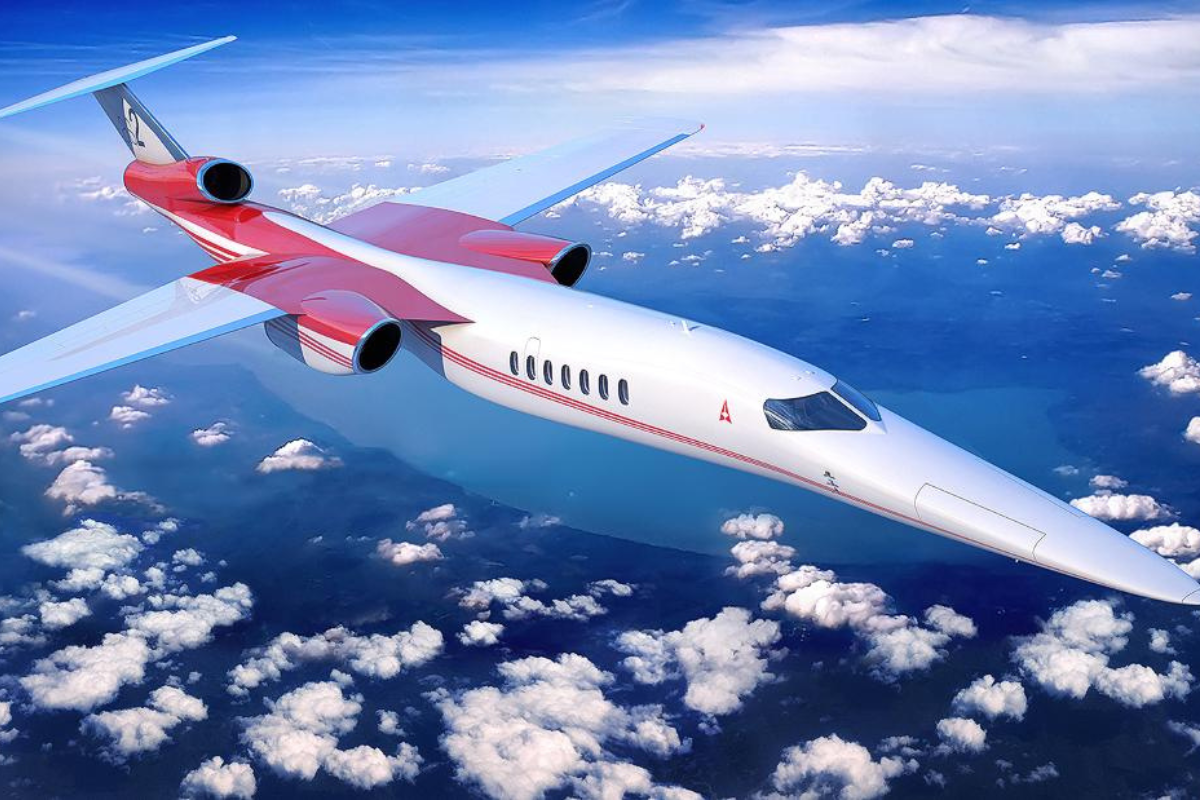Our eternal quest to shrink the world continues. Hyperloop and Supersonic travel are two developing technologies that promise to rewrite the rules of travel by reducing distances and altering how we see the world. Though still evolving, they offer a glimpse into a future where traversing continents takes mere hours, not days.

Photo: Daily Mail
The human spirit, forever yearning to conquer distance, has fueled technological advancements throughout history. Today, two innovative concepts – hyperloop and supersonic travel – stand poised to reshape the way we travel, potentially revolutionizing travel times and distances. While still in their development stages, both offer a glimpse into a future where journeys across continents could become a matter of hours rather than days.
Hyperloop: A high-speed odyssey through tubes
Imagine gliding through a futuristic tube at near-supersonic speeds, the world blurring past your window. This is the essence of the hyperloop, the brainchild of entrepreneur Elon Musk. This high-speed transportation system envisions levitating capsules propelled through a near-vacuum tube. By minimizing air resistance, the hyperloop aims to achieve speeds exceeding those of commercial airplanes, significantly shrinking travel times between cities, especially over shorter distances.
For instance, a journey from Los Angeles to San Francisco, currently taking about six hours by car, could potentially be completed in under 30 minutes. This drastic reduction in travel time holds immense potential to transform our lives. Imagine the possibilities: living in one city and working in another, attending business meetings across the state in a single day, or visiting loved ones across the country with newfound ease.

Photo: Edgroom
However, the path to realizing this vision is not without its challenges. Building and maintaining a network of hyperloop tubes across vast distances presents significant engineering and logistical hurdles. Ensuring the safety of passengers in a high-speed, near-vacuum environment requires thorough testing and addressing potential risks associated with system malfunctions. Additionally, the initial investment required to develop a comprehensive hyperloop network is substantial, raising concerns about the economic viability of the technology.
Supersonic travel: Taking flight at the speed of sound
Supersonic travel, on the other hand, focuses on reviving the concept of commercial passenger jets exceeding the speed of sound. Unlike the hyperloop’s focus on land-based transportation, supersonic travel aims to revolutionize air travel by significantly reducing flight times, particularly for long-haul journeys.
Imagine a transatlantic flight from New York to London, currently taking around seven hours, being completed in under four hours. This dramatic reduction in travel time could foster greater global connectivity, facilitating enhanced business and cultural exchange, and bringing the world closer together. Additionally, the development of supersonic technology could lead to advancements in aerodynamics, materials science, and engine design, benefitting the broader aviation industry.

Photo: CGTN
However, supersonic travel also faces significant challenges. Supersonic flights generate sonic booms, loud noises that can be disruptive and pose environmental concerns for communities near flight paths. Mitigating the impact of sonic booms remains a significant hurdle that needs to be addressed. Furthermore, the fuel consumption and emissions associated with supersonic travel are currently higher than those of subsonic aircraft. Addressing this issue is crucial for the sustainable development of the technology. Finally, the development and operation of supersonic jets are expensive, raising questions about the feasibility of widespread adoption and affordability for passengers.
Both hyperloop and supersonic travel hold immense potential to revolutionize how we perceive distances and travel times. However, the road to widespread adoption is fraught with challenges. Overcoming technological hurdles, ensuring economic viability, and addressing environmental concerns are crucial steps that need to be taken to ensure the success of these technologies.
The future of travel: A blended horizon
While it’s difficult to predict which technology will lead the revolution in travel, both hyperloop and supersonic travel could likely find their niche within the larger transportation landscape. Hyperloop may be better suited for shorter distances and connecting densely populated areas, while supersonic travel could serve long-haul routes where time savings are most significant.

Photo: CNN Travel
Ultimately, the success of these technologies will depend on overcoming their respective challenges, fostering collaboration between stakeholders, and ensuring their responsible and sustainable integration into the future of transportation. As we continue to explore and develop these innovative concepts, the dream of conquering distance may finally become a reality, redefining the way we connect and experience the world around us.

